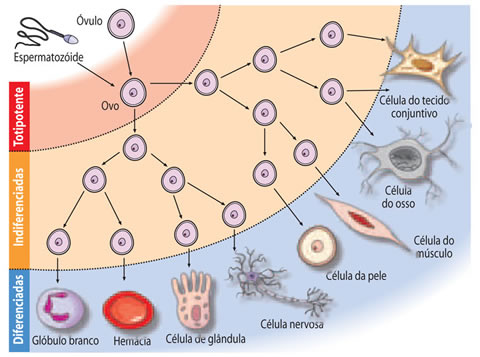Chromophore-Independent Roles of Opsin Apoproteins in Drosophila Mechanoreceptors
Radoslaw Katana, Chonglin Guan, Damiano Zanini, Christoph F. Schmidt, Steven G. Britt, Martin C. Göpfert
Published:August 22, 2019 DOI: https://doi.org/10.1016/j.cub.2019.07.036
Highlights
• Drosophila mechanosensation requires opsins but no retinal chromophore
• Mechanosensory opsin function is independent of the retinal attachment site
• Mechanosensation involves visual chromophore pathway components
• Mechanosensory organs express chromophore pathway genes
Summary
Rhodopsins, the major light-detecting molecules of animal visual systems [1], consist of opsin apoproteins that covalently bind a retinal chromophore with a conserved lysine residue [1, 2]. In addition to capturing photons, this chromophore contributes to rhodopsin maturation [3, 4], trafficking [3, 4], and stabilization [5], and defects in chromophore synthesis and recycling can cause dysfunction of the retina and dystrophy [6, 7, 8, 9]. Indications that opsin apoproteins alone might have biological roles have come from archaebacteria and platyhelminths, which present opsin-like proteins that lack the chromophore binding site and are deemed to function independently of light [10, 11]. Light-independent sensory roles have been documented for Drosophila opsins [12, 13, 14, 15], yet also these unconventional opsin functions are thought to require chromophore binding [12, 13, 15]. Unconjugated opsin apoproteins act as phospholipid scramblases in mammalian photoreceptor disks [16], yet chromophore-independent roles of opsin apoproteins outside of eyes have, to the best of our knowledge, hitherto not been described. Drosophila chordotonal mechanoreceptors require opsins [13, 15], and we find that their function remains uncompromised by nutrient carotenoid depletion. Disrupting carotenoid uptake and cleavage also left the mechanoreceptors unaffected, and manipulating the chromophore attachment site of the fly’s major visual opsin Rh1 impaired photoreceptor, but not mechanoreceptor, function. Notwithstanding this chromophore independence, some proteins that process and recycle the chromophore in the retina are also required in mechanoreceptors, including visual cycle components that recycle the chromophore upon its photoisomerization. Our results thus establish biological function for unconjugated opsin apoproteins outside of eyes and, in addition, document chromophore-independent roles for chromophore pathway components.
Keywords chordotonal organ mechanosensation opsin apoprotein phototransduction retinal chromophore sensory cell-type evolution
FREE PDF GRATIS: Cell




